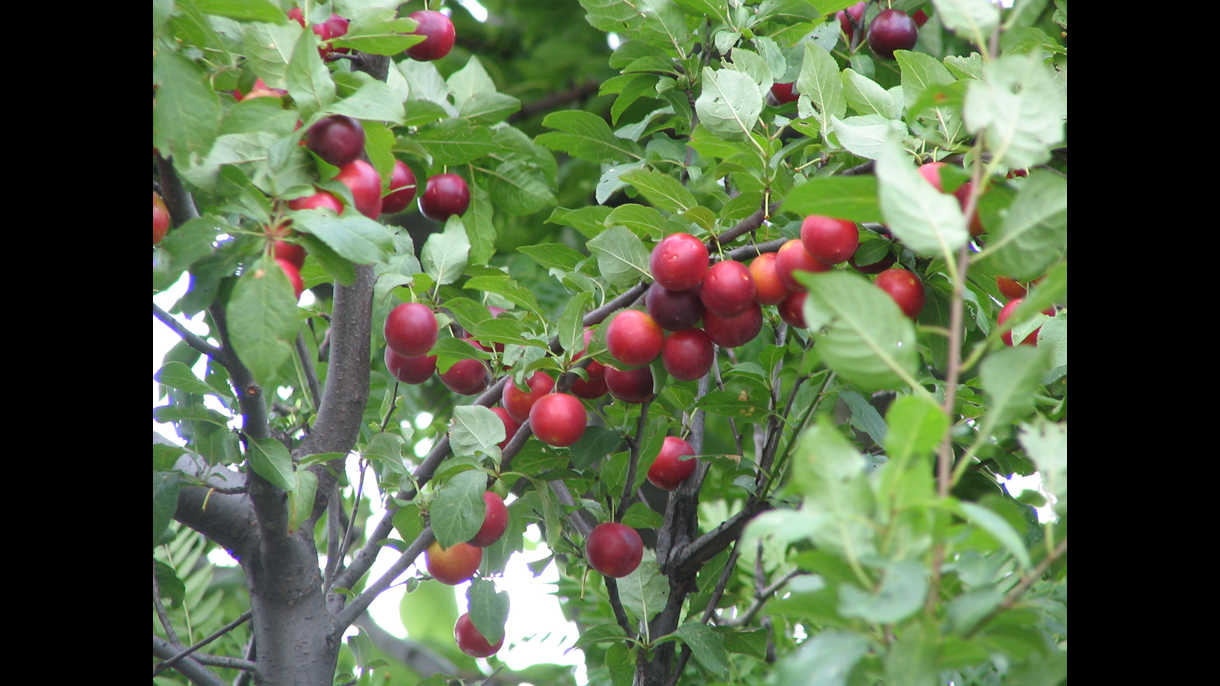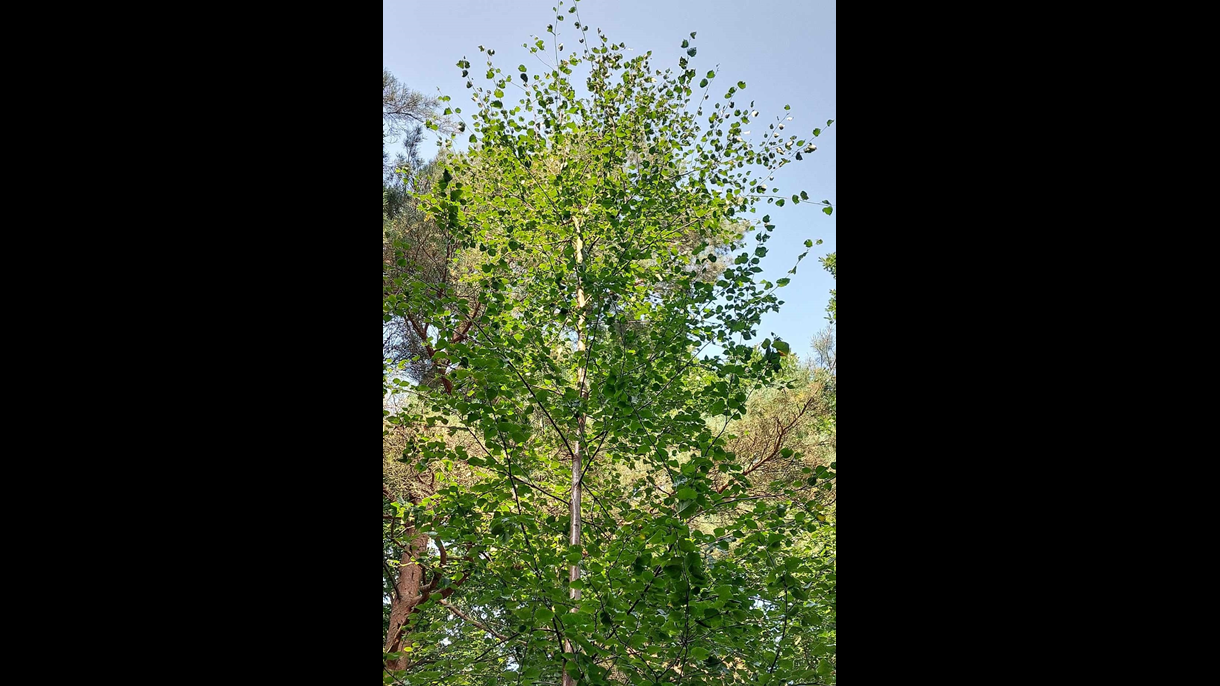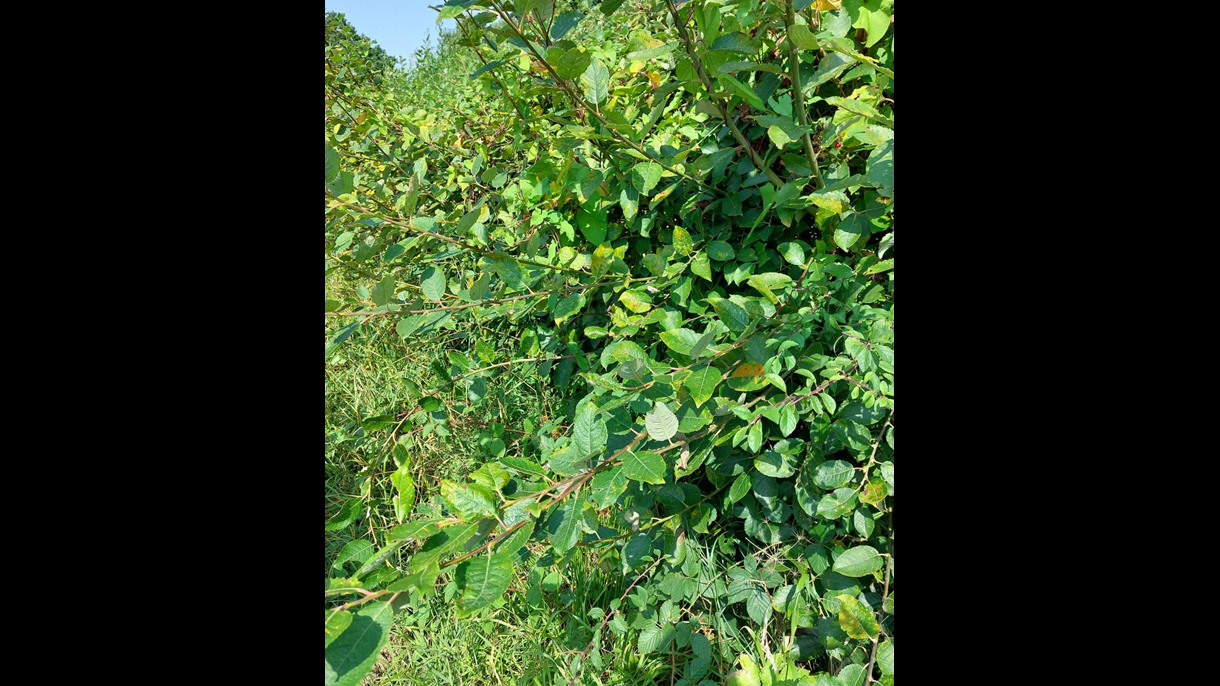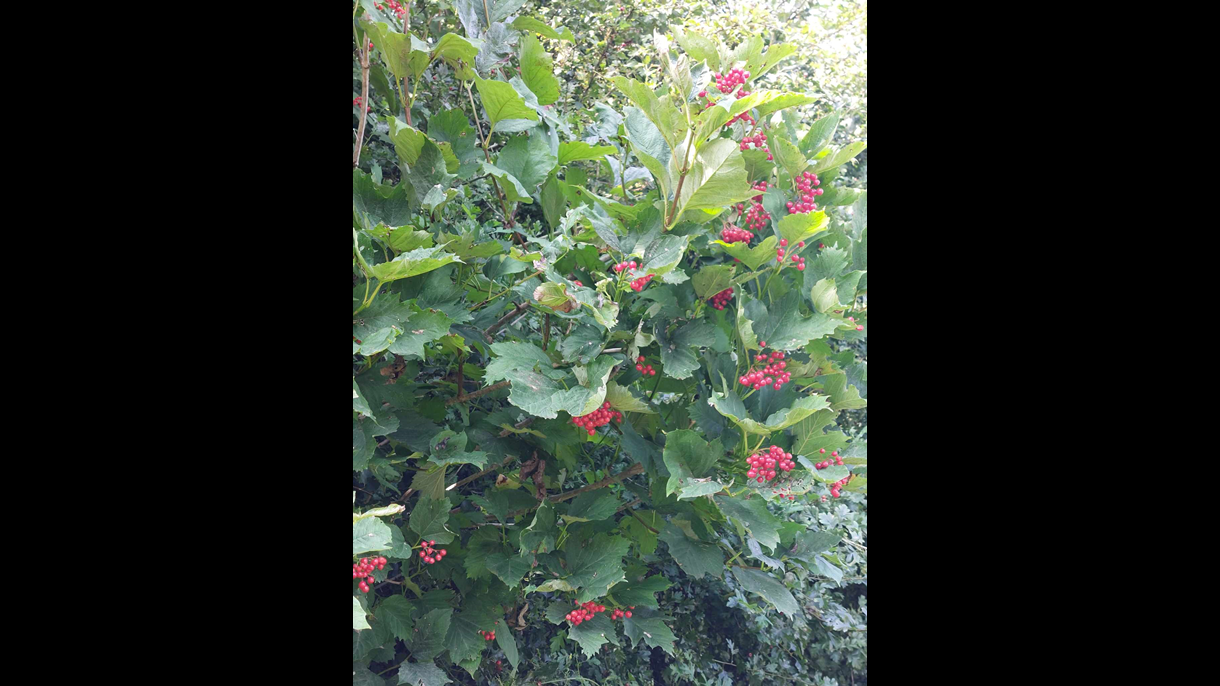Free Tree Scheme 2024
We’re delighted to tell you that in 2024 we won an international award for The Free Tree scheme! Thank you all for being a part of that.
Our 2024 scheme is NOW CLOSED
It wqas open for applications from 9am Monday, 23 Sept until 9am on Tuesday 29 Oct 2024.
Our free tree scheme is run in partnership with the National Forest Company.
We’re interested in the reasons you have taken part in our Free Tree Scheme – we’ve included an option to tell us more on the application form.
You can also get in touch by email and tell us why trees matter to you: rosliston@southderbyshire.gov.uk
We are supporting Mandy Haywood, University of Derby, on a study looking at people’s relationship with nature and how that affects their care for nature and wellbeing, linked to the Free Tree Scheme. If you are interested in finding out more, please click here: https://tinyurl.com/24t8ufa9 or call 01223 926497 (01223 is correct it is a Cambridge number); or email m.haywood@derby.ac.uk or wait until you collect your free trees as we will have registration information there.
This year’s species are Cherry Plum, Downy Birch, Goat Willow and Guelder Rose.
As in previous years, you can apply for two trees per household, or 10 if you are applying on behalf of a school or community group. Your household or community group must be based within the District of South Derbyshire. If not, contact your own authority (where you pay your Council Tax) to find out if they are running a scheme this year.
All the trees are two years old and approximately 30-50cms high.
We also supply information on how to plant and to look after them which you can download below from the related documents section.
Our ‘giveaway’ dates and venues are:
Free Tree Giveaway dates and venues - trees will only be available on these dates:
- Wednesday 27 November, 10am-2pm: Rosliston Forestry Centre, Burton Rd, Rosliston, Swadlincote, DE12 8JX (Parking £1.50/£4 - no need to pay if you are just collecting trees)
- Friday 29 November, 10am-1pm: Swadlincote Market The Delph, Swadlincote, DE11 0AG
- Saturday 7th December, 1.30pm -3.30pm: Whistlewood Common, Melbourne Common, DE73 8DH
•We will label the trees for you
•Please bring a carrier bag to put them in
•Please look out for and follow any signage / other instructions
•Please be prepared to queue at busy times
We have been running the scheme for many years and we would love to see any photos you have of trees you have planted in previous years. Please upload your photos to our Facebook page: ‘Environmental Education Project at Rosliston Forestry Centre’ or Tweet/ X them to ‘RoslistonEnvEd’.
What is on offer?
CHERRY PLUM Prunus cerasifera
The cherry plum is one of the first trees to flower, in mid-February. The beautiful white flowers can last for up to 4 weeks.
Fruits are smaller than domestic plums and can be shades of yellow or red, reaching maturity from mid-June to mid-September. Wait til the plums are loose on the twig and feel slightly soft before you try them. They can be eaten straight from the tree or cooked – they are excellent for jam making.
Cherry plum produces root suckers so may become a ‘thicket’ of trees rather than a single tree (like lilac or blackthorn). It can grow to 8m high.
DOWNY BIRCH Betula pubescens
Downy Birch is closely related to silver birch, although its trunk is less silvery and its twigs are softer, and covered with fine hairs. It is fast growing and will tolerate very poor soil. It will need pruning regularly if you have a small garden as it can grow to 30m high.
It is a beautiful, graceful tree, with heart shaped leaves which whisper in the breeze and turn yellow in autumn. It has catkins in spring. It supports around 300 species of insect, including the caterpillars of many moths – which in turn will support the bird populations nearby.
GOAT WILLOW Salix caprea
Goat willow is one of the smallest trees in the willow family, reaching up to 10m. Goat willow has pollen-yellow, then grey ‘’pussy willow’’ (male) and spikey green catkins (female) in spring. It can grow in any soil but tolerates shade and damp really well.
It provides a dense safe place for birds and supports multiple insect species which will add wildlife interest to your garden. One such insect is the Purple Emperor butterfly. We have chosen Goat Willow this year because for the first time since records began, the Purple Emperor has been spotted in Derbyshire (Bretby & Aston on Trent) by Butterfly Conservation volunteers.
GUELDER ROSE Viburnum opulus
A small deciduous tree that will grow to around 4m high and is very suitable for small gardens, needing minimal management and providing interest, colour and value to wildlife for most of the year. It is not related to roses.
It has clusters of white, scented flowers in May/ June.
In autumn the foliage turns an attractive pinkish yellowy red and the branches are covered in clusters of bright red berries. These are an important food source for birds like thrushes and bullfinches. Raw berries are slightly toxic, causing upset stomach.
Your new trees are two years old and approximately 30-50cm high. Treat them gently, as rough handling or being dropped can shock the roots, and it will take the trees longer to get established.
When you get your trees home, store them somewhere cool, outside. Do not let the roots dry out, so keep them covered. They should be planted within a couple of weeks of receiving them. If you need to store them for longer then give them a temporary home in a pot and remember to transplant them during the dormant season (Dec to March).
If you have a small garden or patio you can put each in a large pot permanently. The size of the pot will determine how big the tree gets, as once the roots have filled the pot the tree will stop growing. If you put your pot over soil, the roots will grow down through holes at the bottom of the pot into the ground so do be careful!
General planting advice:
- If planting directly into the ground, check distance from your own and your neighbour’s property
- Make sure your hole is big enough for all the roots to fit in comfortably
- Once planted, press the soil down firmly around the stem, making sure the roots are fully covered but that all of the stem is above the soil level
- If the soil is dry, water the tree when you have planted it.
For the first couple of years:
- Weed carefully around the base of the tree
- Water the tree during long spells of warm dry weather
Safe Planting distances (or put the tree in a large pot!)
Remember your neighbour’s property too, when you plant!
Safe planting distances depend on the depth of your foundations and the type of soil. Shallow foundations eg for conservatories and clay soil require the greatest minimum planting distance, making sure the tree is as far from a building as it will eventually grow in height.
If your foundations are deeper than 1m, or if you intend to prune the tree to restrict its height, you can plant closer to buildings than the recommended minimum distances.
Recommended minimum planting distance from buildings:
Cherry Plum: 6-8 metres from buildings
Downy Birch: 10 metres from buildings
Goat Willow: 3-5 metres from buildings
Guelder Rose: 3-5 metres from buildings
OR as close as you want if you plant them in a large pot on a paved area!
Source for information and images: Cheviot Trees, Woodgrow Horticulture Limited, the Woodland Trust and other advisory websites
We’d love to know how you get on with your trees!
X: @roslistonenved
Facebook: Environmental Education Project at Rosliston Forestry Centre
Instagram: @Environmentaleducationproject
LinkedIn: Environmental Education Project South Derbyshire
You can download this information as a PDF here (pdf, 311kb) (pdf, 234kb). The document also includes planting and tree care information
BELOW GALLERY - Cherry Plum, Downy Birch, Goat Willow and Guelder Rose.




